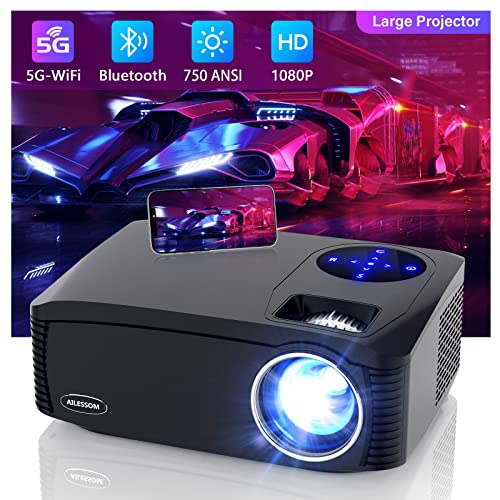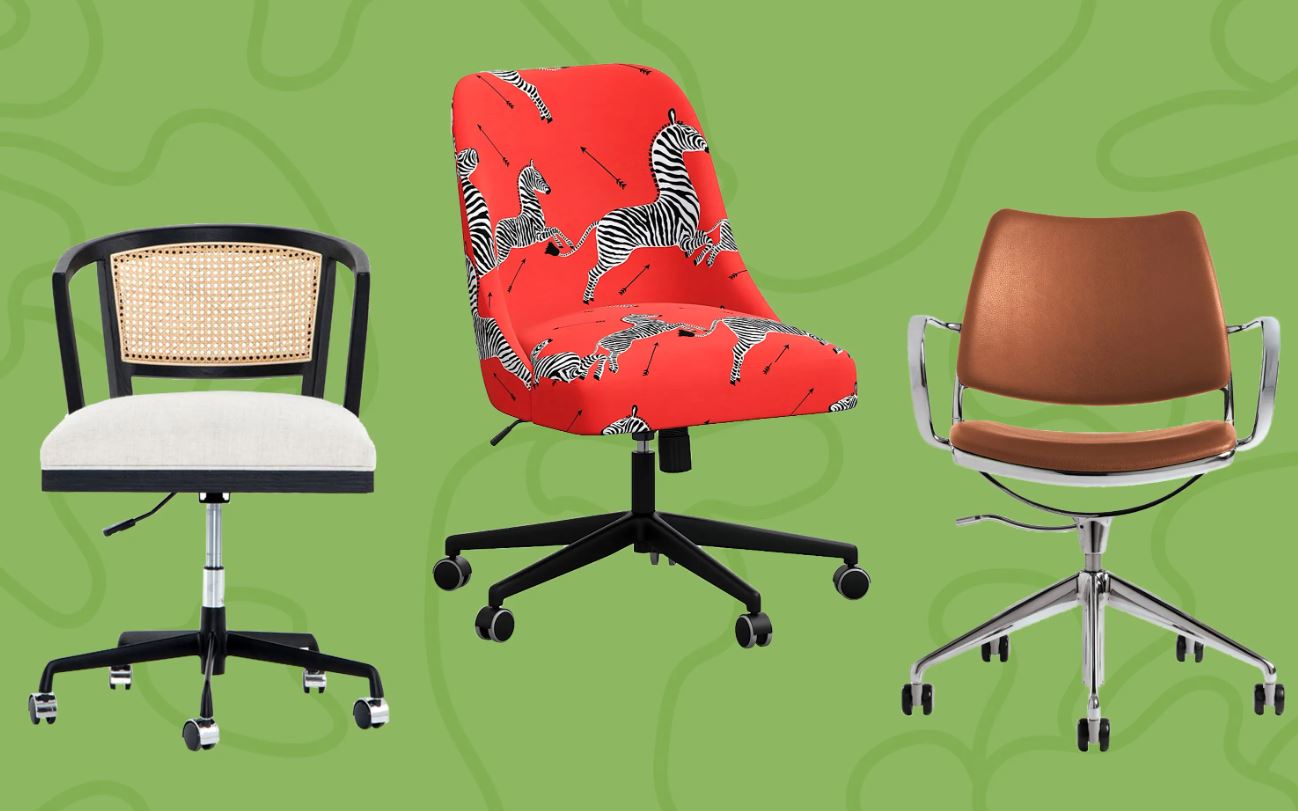Best Projector For Business Conference Room For 2024
Brandon Forder Apr 19, 2024 8:00 PM
The best projector for business conference room should strike a balance between size and performance. The smaller the footprint, the more flexible you can be about placement, but you also don't want a projector that is too small to handle the demands of a conference room. In this blog post, we'll take a look at some of the factors you should consider when choosing a projector for a business conference room. Let's get started!

Compare Products
Last update on 2024-04-19 / Affiliate links / Images, Product Titles, and Product Highlights from Amazon Product Advertising API
What is the best projector for a business conference room?
The best projector for a business conference room is one that can be dimmed. Dimming is especially important for conference rooms in which meetings or presentations are taking place. The projector should create enough light to make the presentation visible, but not so much that it is too bright or distracting.
The best projectors for business conference rooms are also equipped with built-in speakers. This eliminates the need to purchase and install separate speakers, since all projectors have speakers. This equipment, regardless of how advanced and expensive it is, is often underused and overlooked.
What to look for when purchasing the best projector for a business conference room?
When purchasing the best projector for a business conference room, consider the following:
Brightness: The brightness of the projector determines how much light it emits. Generally, projectors with a higher brightness are better suited for outdoor use since sunlight can wash out the image. In general, brightness is measured in lumens. A projector with a good brightness range will be in the 4,000 to 6,000 lumen range.
Contrast Ratio: The contrast ratio measures the difference between the darkest and lightest areas on a projection screen. A contrast ratio of 1,000:1 or more is ideal.
Resolution: The resolution is the width of the projection (in pixels). The best resolution for professional uses is 1080p or 1920 x 1080 pixels.
Throw Distance: The throw distance is how far the image is projected from the projector. This is determined by the lens and lens type, reflector material, and lens angle, among other things. If you plan to use a projector for business presentations, you will want one that projects the image at least 10 to 12 feet from the screen.
What features should you look for when purchasing a projector for a business conference room?
When you're looking for a projector for a business conference room, there are a few features that you should consider.
One of the most important features to look for is the resolution. You want your projector to have a resolution that is high enough to produce crisp images. In addition, you want to make sure that the projector has a wide viewing angle. This will allow you to show presentations to a wide audience without any distortion.
Another important feature to look for is the brightness. You want your projector to be as bright as possible so that you can see the images clearly. Additionally, you want to make sure that the projector has a long lifespan so that you don't have to replace it frequently.
Finally, you want to make sure that the projector has an easy-to-use interface. This will make it easy for you to set up the projector and start using it immediately.
How to pick the right projector for a business conference room.
Projectors can be used in a variety of places, from classrooms to offices. Whether you are looking for a projector for a business conference room, school, or home, there are some features you need to consider before making your purchase.
Lumens: Lumens are the measurement of brightness of a projector lamp. The higher the lumens, the brighter the image. Projectors with lower lumens generally need to be placed further away from the screen, which can make the image blurry. If the projector will be in a conference room where it will be far from the screen, a higher lumen projector is recommended.
AD-Conversion: Projection systems use either analog or digital light processing (DLP). Most projectors use digital light processing. DLP projectors use a specific number of pixels to produce an image. Most DLP projectors use 1280 x 800, although 1280 x 720 and 1920 x 1080 are also available.
Resolution: Projection systems use either analog or digital light processing (DLP). Most projectors use digital light processing. DLP projectors use a specific number of pixels to produce an image. Most DLP projectors use 1280 x 800, although 1280 x 720 and 1920 x 1080 are also available.
Contrast Ratio: The contrast ratio refers to the ratio of the brightest and darkest colors that you can expect from a projector. The higher the contrast ratio, the better you will be able to distinguish shades and darker colors.
Throw Distance: A throw distance is the maximum distance a projector will project an image.
Ease of Setup: A projector's setup process can make or break its ease of use. Some projectors have manual setups that allow you to use manual focus, while others have automatic setup that can automatically focus and adjust the image.
How a projector for a business conference room can improve efficiency and productivity.
Projection technology has come a long way over the years. In the past, overhead projectors were the only option available. Today, projectors are commonplace in conference rooms, classrooms, and even business meeting facilities. Projectors allow presenters to project a visual representation on a screen so that everyone in the room can see it. Projectors have proven to be especially useful in business settings.
Projectors are especially useful in business settings because they ensure that everyone in a conference room, classroom, or business meeting facility can see the same visual. Even if participants are in different places in the room, they can see the same visual. This makes presentations, displays, and meetings run more smoothly.
In some business settings, projectors are used to distribute visual information to people in different places. For example, in a manufacturing facility, a visual may be projected onto a production line so that workers can see what they need to do next or so that they can see what the next part in the manufacturing process will be. Projectors are great when used in business settings because they ensure that everyone is on the same page and that visual information is distributed and seen properly.











![5G WiFi Bluetooth Native 1080P Projector[Projector Screen Included], Roconia 9000LM Full HD Movie Projector, 300" Display Support 4k Home Theater,Compatible with iOS/Android/XBox/PS4/TV Stick/HDMI/USB 5G WiFi Bluetooth Native 1080P Projector[Projector Screen Included], Roconia 9000LM Full HD Movie Projector, 300" Display Support 4k Home Theater,Compatible with iOS/Android/XBox/PS4/TV Stick/HDMI/USB](https://m.media-amazon.com/images/I/51oq8RDBEWL._SL500_.jpg)

















